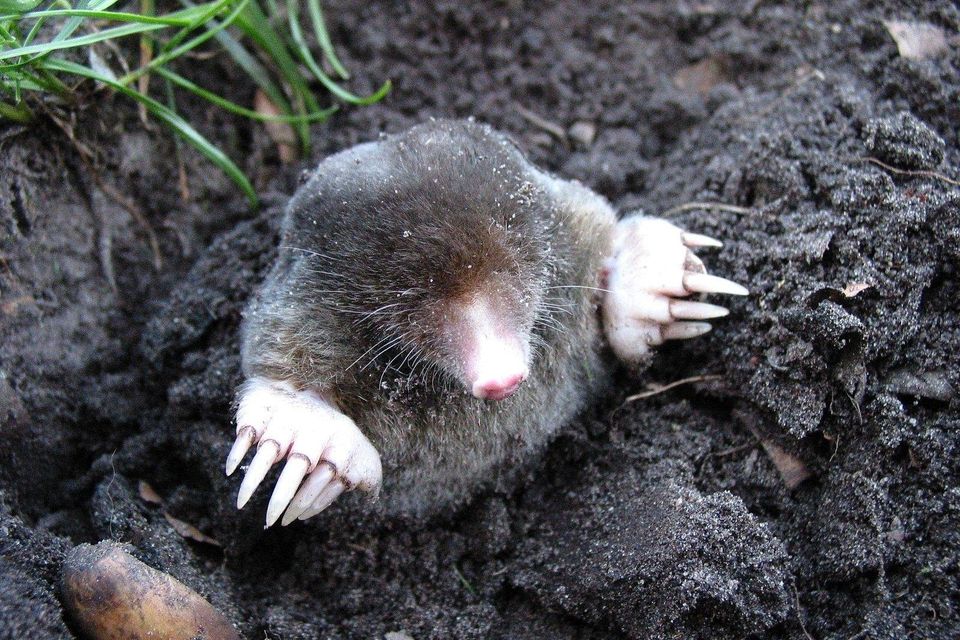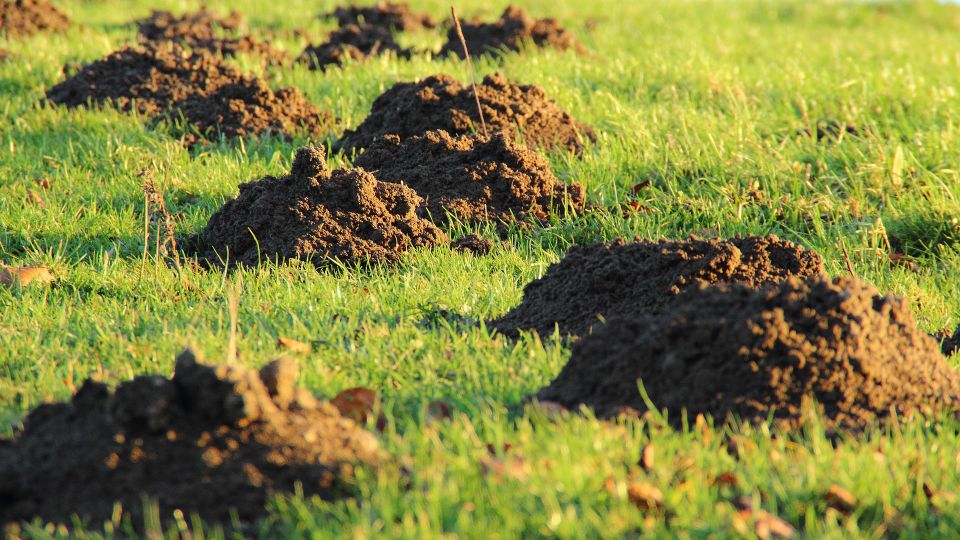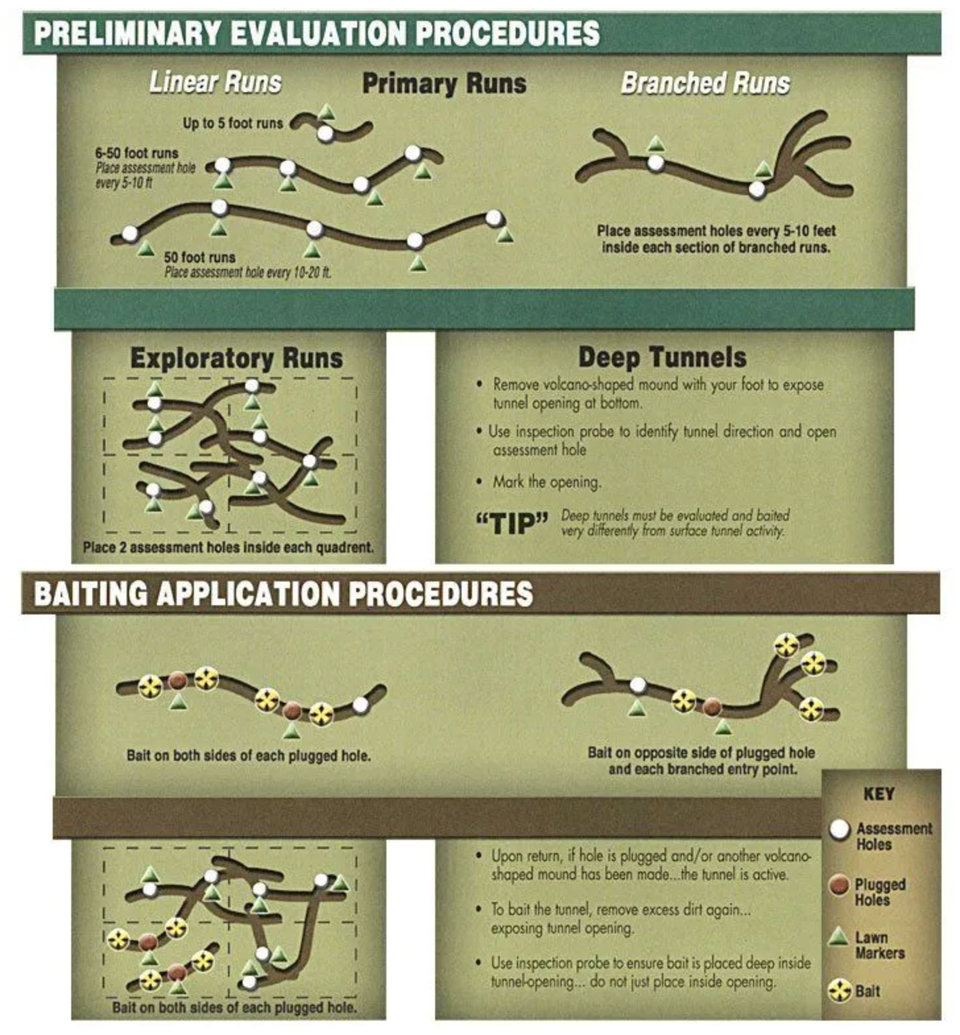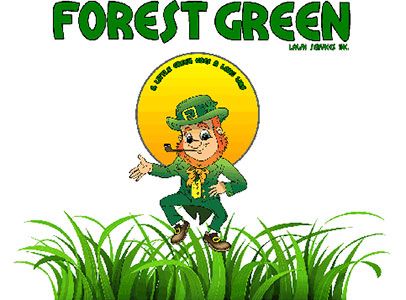
Mole Facts
- Moles are insectivores. They are no rodents! They will consume grubs and insects, but get the vast majority of their dietary needs from earthworms.
- Don't be fooled by companies that tell you because you have a mole problem, that you also have a grub problem. You may just have a mole problem.
- Moles have an incredibly high metabolism. This means they have an insatiable appetite and are always on the lookout for food. In fact, they consume 80% - 100% of their body weight every day.
- Moles use/create tunnel systems as the means to locate food. They can move rapidly through existing tunnel systems but can also create up to 100 feet of new tunnels in a day... causing extensive lawn and landscape damage.
- Moles do not hibernate and are active year-round.
- Moles are anti-social and typically do not coexist within the same tunnel system. The one exception is for reproduction. Moles typically breed in late winter/early spring. After the young are weaned, 7-12 weeks after breeding, you are likely to see the highest levels of activity.
- Moles live their lives underground, rarely coming to the surface. Expected life span for a mole is approximately 2-3 years.
- Moles will reoccupy a vacant tunnel system if food is abundant.
Types of Tunnel Systems
Primary Run
Generally long and relatively straight tunnels that can be frequented by a mole as many as 3 times a day.
Exploratory Run
Generally spider web-like in shape and are often abandoned after digging. These are used to identify new feeding areas.
Deep Tunnels
Often found up to 3 feet underground and can also comprise a mole's living areas, food storage, and latrine area.
"TIP:" It is important to clearly identify the type of tunnel system involved as the product is tailored to the specific nuances of each tunnel type.





